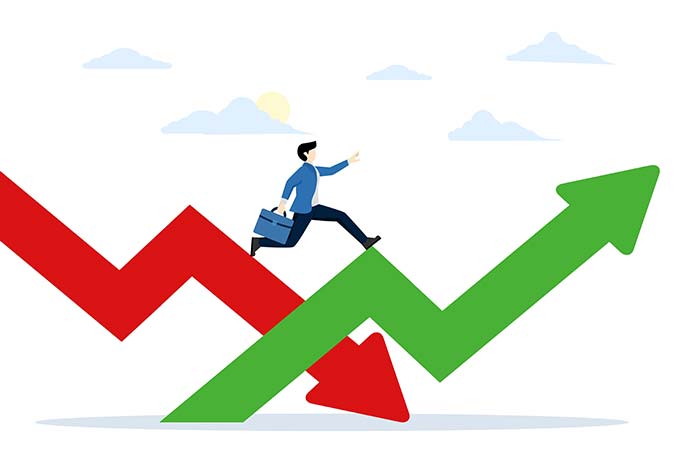When the market crashes – or even just pulls back, as we’ve seen lately – a lot of attention is paid to volatility.
Market volatility is the variation of a trading price over time.
The most common way to measure the variation of the price of the broader market is the VIX, which is the CBOE Volatility Index. It measures option prices on the S&P 500.
Volatility is also a tool that you can use to hedge your portfolio or trade for profits.
For example, when volatility – as measured by the VIX – is low, many traders and investors buy calls on the VIX or other volatility instruments as hedges. That way, if volatility spikes (usually causing stock prices to go lower), those who own calls can offset losses in their stock portfolios or profit in a short-term trade.
The VIX is a sentiment indicator. When it’s high, investors are fearful. When it’s low, they’re complacent.
When the market fell last month, the VIX soared to its highest level since the start of the pandemic. An astute investor might’ve seen that as a sign of panic and that the market was likely to stop falling.
In fact, it did. The market is up 13% since April 8, when the VIX peaked and the market bottomed.
Traders who don’t want to deal with company earnings reports, reactive CEO tweets, or analyst upgrades and downgrades can just trade volatility on the indexes.
That way, the only thing that matters is whether volatility goes up or down. It simplifies the trading process, and the trader has to follow only one index.
There are various ways to trade volatility. You can trade options on the VIX or use a variety of ETFs that are based on the VIX. Some are leveraged and move more or less than the VIX in some specific proportion, like 1.5 times. There are inverse VIX ETFs that move in the opposite direction of the index too. (You can also trade options on these leveraged and inverse ETFs.)
Another way to capitalize on volatility is by trading options on stocks or other indexes.
When volatility is high, you may want to consider selling options, because high volatility pushes option prices higher. So you could sell puts or calls and capture a significant premium.
When volatility is low, you may look to buy puts or calls, because the options should be cheap.
Right now, volatility is slightly above the historical average, but it has come way down from previous highs. Though the market has been strong for the past month, it makes sense to position yourself for higher volatility in the near term. There are a lot of risks out there, including economic data, lingering uncertainty about tariffs and other policies, and more. I expect volatility to increase again in the near future.
What’s interesting to me about trading volatility is that you’re not trying to predict which way the market will go – you’re trying to predict how investors will behave.
And historically, investor emotions have been somewhat predictable…
Fear is usually the greatest right near bottoms, and confidence is at its highest when the market is also at its high.
You can bet on those widely held emotions and hedge your portfolio or make some big profits without buying a single share of stock. You just need to trade volatility.

